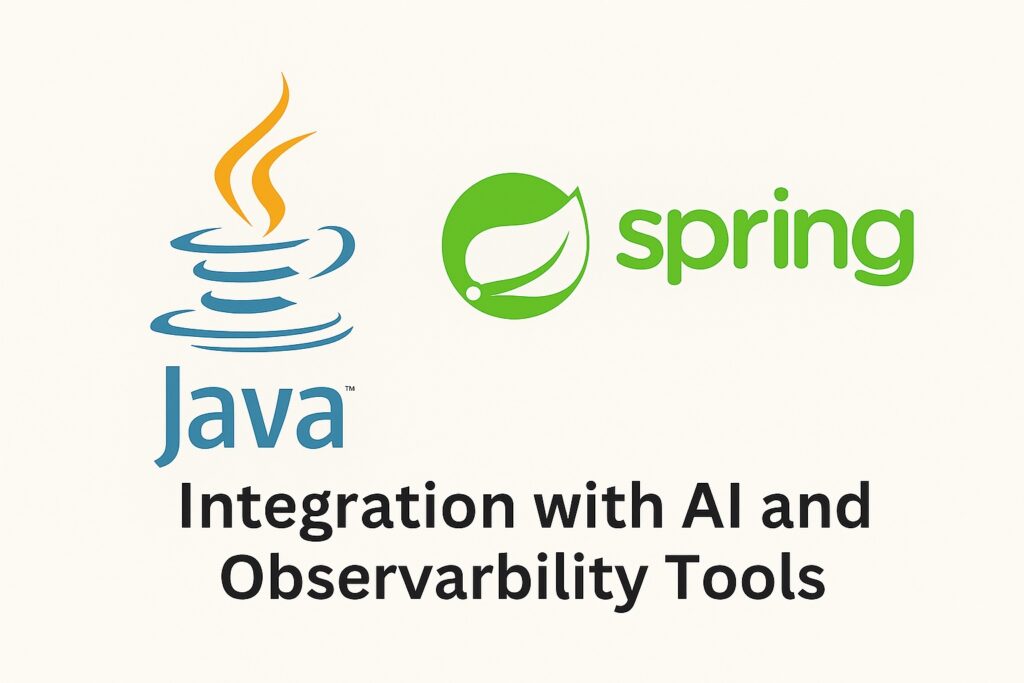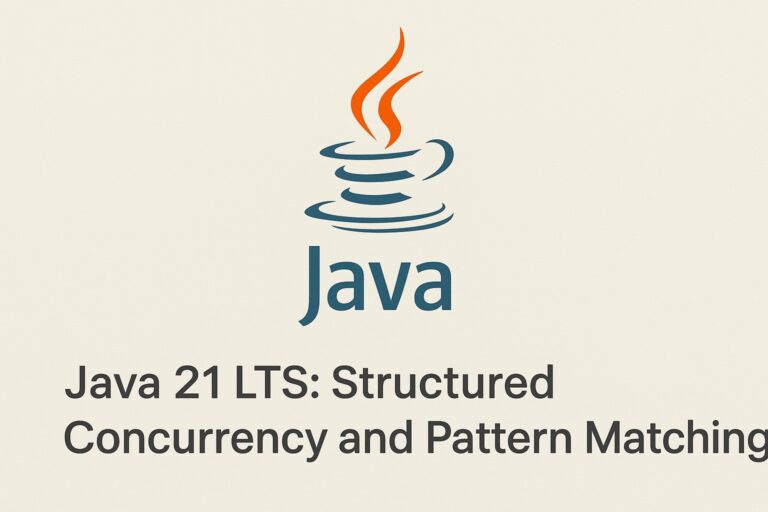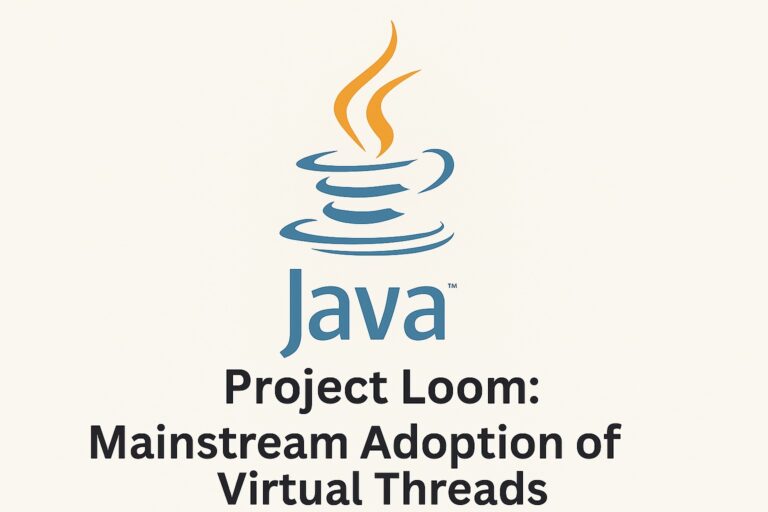1. Introduction
Spring Boot has become the de facto framework for building production-ready Java applications due to its simplicity, robust ecosystem, and microservices support. With the rise of AI-powered features and the growing need for observability in modern applications, integrating AI services and observability tools with Spring Boot has become a key strategy for developers to enhance application intelligence and reliability.
This article explores how Spring Boot can be integrated with AI and observability tools, outlining the common challenges, potential solutions, and practical implementation examples.
2. Problem
Modern applications face several challenges:
- Data-driven decisions: Many applications need to leverage AI models for recommendations, predictions, and natural language processing. Integrating these models directly into backend services can be complex.
- Lack of observability: Without real-time insights, developers struggle to monitor application performance, detect anomalies, and troubleshoot issues quickly.
- Scalability and reliability: As microservices grow, maintaining visibility into each service and its AI-powered components becomes critical.
Developers often find it difficult to combine AI capabilities with observability features in a cohesive and maintainable way, especially while keeping the system scalable and performant.
3. Solution
The solution lies in tight integration between Spring Boot, AI services, and observability tools. By combining these elements:
- AI can be embedded through REST APIs, Java SDKs, or messaging queues.
- Observability can be achieved using metrics, logs, and tracing systems such as Prometheus, Grafana, ELK Stack, and OpenTelemetry.
- Automated monitoring and anomaly detection can be applied to AI workflows, enabling predictive maintenance and proactive scaling.
This approach allows developers to build intelligent applications that are also transparent, traceable, and resilient.
4. Implementation
Here’s a practical example of integrating Spring Boot with an AI service and an observability tool.
Example: AI-Powered Sentiment Analysis with Observability
Step 1: Spring Boot Setup
Start a Spring Boot project with dependencies for Web, Actuator, and a JSON processing library (Jackson).
<dependencies>
<dependency>
<groupId>org.springframework.boot</groupId>
<artifactId>spring-boot-starter-web</artifactId>
</dependency>
<dependency>
<groupId>org.springframework.boot</groupId>
<artifactId>spring-boot-starter-actuator</artifactId>
</dependency>
<dependency>
<groupId>com.fasterxml.jackson.core</groupId>
<artifactId>jackson-databind</artifactId>
</dependency>
</dependencies>Step 2: AI Service Integration
Use an external AI API for sentiment analysis (for example, OpenAI or Hugging Face).
@RestController
@RequestMapping("/sentiment")
public class SentimentController {
private final RestTemplate restTemplate = new RestTemplate();
private final String aiApiUrl = "https://api.example.com/analyze";
@PostMapping
public ResponseEntity<Map<String, Object>> analyze(@RequestBody Map<String, String> payload) {
String text = payload.get("text");
Map<String, String> request = Map.of("text", text);
Map<String, Object> response = restTemplate.postForObject(aiApiUrl, request, Map.class);
return ResponseEntity.ok(response);
}
}Step 3: Observability Integration
Enable Spring Boot Actuator metrics and expose endpoints for Prometheus to scrape.
management:
endpoints:
web:
exposure:
include: "*"
metrics:
enable:
all: truePrometheus can then monitor request counts, response times, and custom metrics from AI calls. Grafana can visualize trends and alert on anomalies.
Step 4: Custom Metrics for AI Calls
@Autowired
private MeterRegistry meterRegistry;
@PostMapping
public ResponseEntity<Map<String, Object>> analyze(@RequestBody Map<String, String> payload) {
long start = System.currentTimeMillis();
Map<String, Object> response = restTemplate.postForObject(aiApiUrl, Map.of("text", payload.get("text")), Map.class);
long duration = System.currentTimeMillis() - start;
meterRegistry.timer("ai.api.response.time").record(duration, TimeUnit.MILLISECONDS);
return ResponseEntity.ok(response);
}With this setup, the application tracks both AI performance and standard application metrics, providing full observability alongside intelligent processing.
5. Conclusion
Integrating Spring Boot with AI and observability tools empowers developers to build smarter, more reliable applications. By combining AI services for enhanced functionality with observability platforms for real-time insights, organizations can monitor, optimize, and scale their applications effectively.
This integration strategy not only improves application performance and user experience but also enables proactive problem detection, ensuring that AI-powered applications remain robust and trustworthy in production environments.



